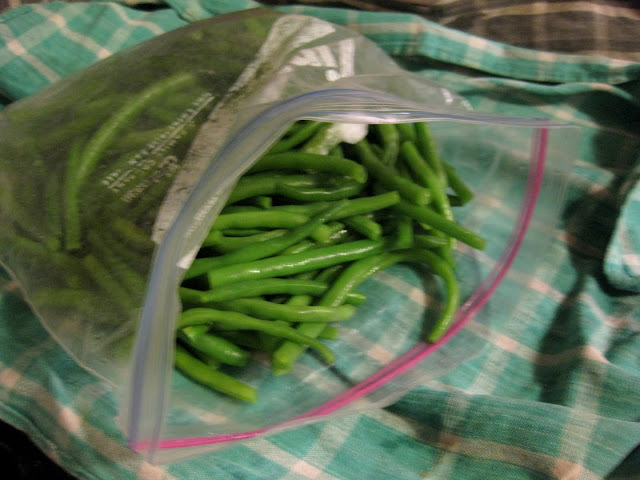I've been reading this wonderful book that I recommend everyone check out called Eat Good Food put out by San Francisco's Bi Rite Market. It's basically a food bible that walks you through how to properly buy, store, prepare, and eat a myriad of different household staples.
One of the many things that caught my eye in the book was an interesting technique of cooking pasta that involves finishing the still firm noodles in the tomato which allows for a heartier and more flavorful finish. After reading about it I decided to give it a shot with some left over marinara I had cooked up a few days earlier. Wow! Was it ever good! My sauce was richer, my noodles were chewier, and the ingredients seemed to marry in ways I never considered before. I thought I would walk you through the process so you can try it during your next boring old pasta night.
You will need:
- A package of your favorite pasta
- A quantity of pre made tomato sauce
- A measuring cup
1. Bring a large salted pot of water to a boil. Add pasta, stirring to separate noodles and let boil over hight heat.
2. Let pasta boil about two minutes less than the package instructs. You want your noodles to still be slightly stiff. Lift a few from the pot to check them. Take a bite if you're not sure. The center should still be hard.
3. Before draining your pasta, dip a measuring cup into the pot and reserve about 1/4 cup (or more depending)of the starchy salty cooking water. Set aside and drain pasta as usual.
4. Turn the stove to medium high, add the sauce to the pot and heat thoroughly. Then, add the undercooked noodles and about a third of the reserved water. Stir to coat noodles and let the sauce and water mix and boil rapidly. Gradually add more water as the liquid thickens.
The idea is that the pasta absorbs a bit of the saucy liquid during its last moments of cooking. The starchy water thickens the sauce while the well rounded saltiness adds to the dish.
5. The finished product should be thick and hearty perfect for a cozy december night in. A simple technique for amping up a familiar dish. Bon appetite!














































